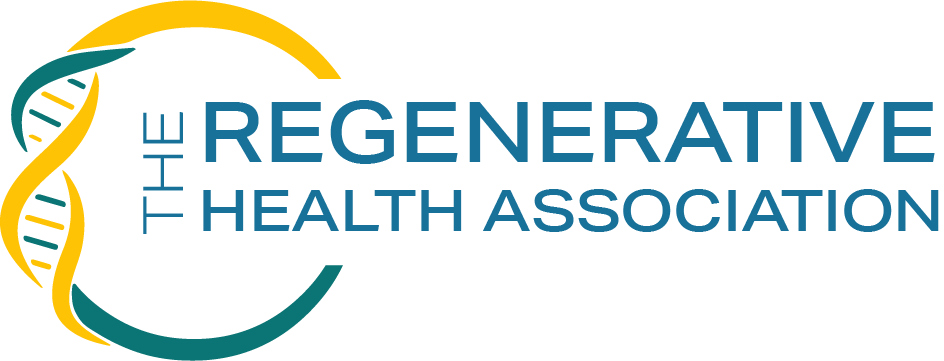Researchers at the University of Washington School of Medicine have developed an exciting approach to guiding stem cells in forming blood vessels. Using computer-designed proteins, they were able to direct human stem cells to create functional blood vessel networks in the lab, opening new possibilities for repairing damaged organs such as the heart and kidneys. This research, published in Cell in June of 2024, marks a significant milestone in regenerative medicine.
Hannele Ruohola-Baker, a professor of biochemistry at UW Medicine, led the study. Researchers focused on creating custom proteins that specifically interact with cellular growth factor receptors, a challenge previously restricting similar efforts. The proteins, designed in the lab, were used to treat human stem cells, leading to the formation of vascular networks with different properties depending on the proteins used.
The vascular networks formed by the stem cells were mature, functional, and capable of absorbing nutrients, healing when scratched, and forming tubes. When transplanted into mice, these human blood vessels integrated with the animal’s circulatory system within three weeks. This level of control over stem cell development is a major step forward in tissue regeneration.
The proteins were designed to target fibroblast growth factor receptors, and their varying sizes and properties allow researchers to control the maturation of stem cells. This approach represents a new way of studying tissue development and holds the potential for creating treatments for various conditions with no effective treatments today, such as spinal cord injuries.
The team’s work, conducted in collaboration with institutions like New York University and Yale, could make the way for new regenerative medicines. With the ability to control tissue development in such a precise manner, this research holds promise for treating diseases and injuries, including those caused by aging, heart attacks, and diabetes.
The study received funding from a range of sources, including The Audacious Project, the Howard Hughes Medical Institute, the American Heart Association, and several other institutions and foundations.


